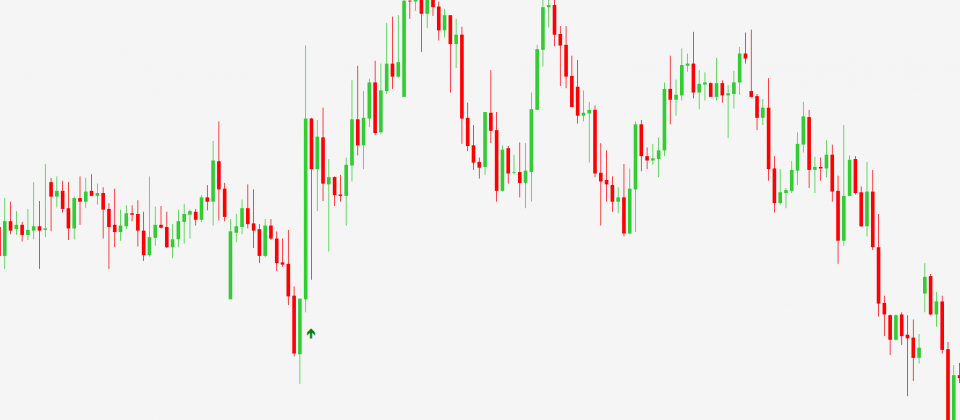If you’ve been considering using the martingale strategy for forex trading, you were probably attracted by the prospect of the almost 100% profitability it advertises. In a world of fluctuating economies and unstable currencies, a strategy that actually has a surefire mark of success seems too good not to try. So much so that it was because of this strategy’s success that casinos in Las Vegas had to put minimum and maximum betting limits! But does it really work for forex?
What is the Martingale Strategy?
Originally a style of betting, the martingale strategy was based on the presumption of doubling down. How it worked was that an initial bet was placed and with each following bet that was lost, the wager would be doubled. This was followed for as long as a winning trade made up for all the previous losses.
Now, you, as a trader, might be thankful for the martingale strategy but casinos and gambling setups definitely weren’t, until they could figure out a way to eliminate the practice of this strategy by gamblers to ensure a guaranteed win. Did you know that traditional roulette wheels had only two possible outcomes – red or black, odd or even? And that the 0 and 00 were added later to tackle the martingale strategy, so that there would be more than two outcomes? As a result of these additions, the roulette wheel lost people’s interest, since now one could no longer exploit the long-run profitability of using the martingale strategy in roulette negative.
Moving on to what the strategy really is, let us use an example. Assume that you have a coin and you wish to enter in a heads or tails bet with an initial wager of $1. Given that the probability of getting either result is exactly half and consecutive flips are unaffected by the previous ones, if you keep betting on the same side (head or tail) long enough, the coin will eventually flip in your favour and you will regain all your losses plus the $1 you initiated the bet with! In a nutshell, this strategy is founded on the presumption that a single trade can turn your account over.
Trading Application and Risk
It is a popular belief that if you have been incurring consistent losses in trading, it is a sign for you to drop that strategy. But with martingale strategy trading, your continuous bad luck is not a sign to stop but to go on! Why, you ask? This is because when you’re trading in a currency that is trending downwards and continues to do so for quite some time, you double down and basically reduce your average entry price.
Trading with the martingale pattern technically does not have any risks, since as long as you are persistent with your lots, the coin will someday flip in your favour. However, the amount of time it takes to make enough profits that they nullify your losses is a major drawback and sometimes even risky.
When you are holding onto losing trades until they become profitable, you are at risk of running out of money to continue buying lots and end up with just a pile of losses and no profits to make up for them. Another drawback is that martingale forex is only functional and profitable in economies with currencies traded within a range.
Even with these disadvantages, those that use the martingale strategy to trade forex do so as they are looking for simpler trading processes that do not require any prediction or charting.
Disclaimer
If you liked this educational article please consult our Risk Disclosure Notice before starting to trade. Trading leveraged products involves a high level of risk. You may lose more than your invested capital.





